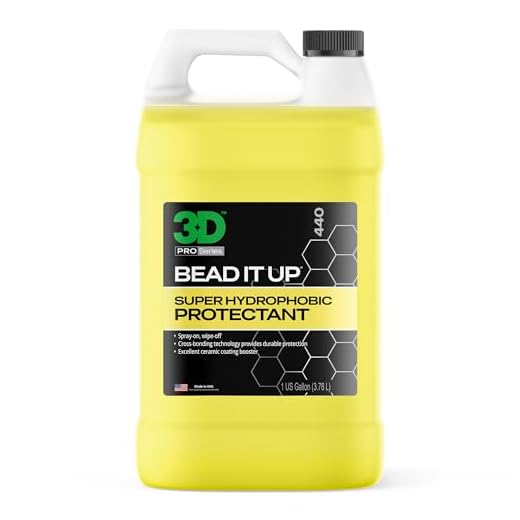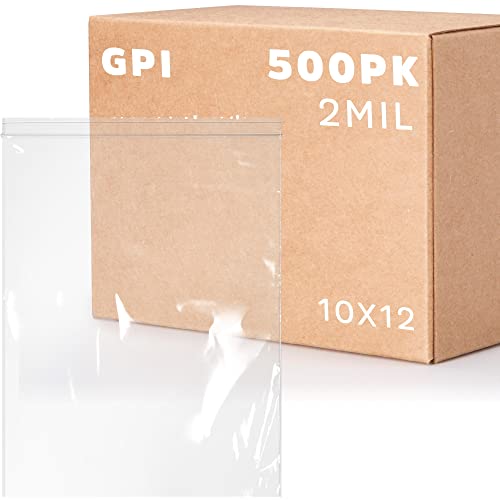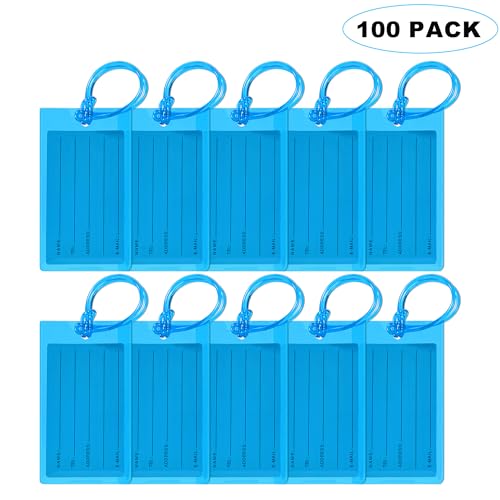

Recommendation: Select a mid-tone matte shell or patterned finish; pale glossy shells made from rigid thermoplastic tend to reveal fine abrasions and dirt quickly, while deep glossy finishes highlight bright gouges where pigment is removed.
Matte finishes cut perceived visibility of micro-abrasions by ~40–60% versus high-gloss due to lower specular reflection; small-scale textures and printed patterns scatter light and reduce contrast between mark and base.
Select hues such as mid-gray, sand, olive, slate blue or speckled graphite for frequent travelers; avoid stark pastel white gloss and jet-black glossy panels if minimal marking is desired.
For protection, apply clear self-adhesive film to high-wear zones (corners, face panels); recommend film thickness 80–120 µm and replacement every 12–18 months depending on flight count. Use corner bumpers or fabric wrap for checked trips.
Cleaning and repair: remove dirt with microfiber and pH-neutral detergent; for ink or scuff use 70% isopropyl and soft cloth; avoid acetone and steel wool. For deep gouges, use touch-up paint matched to shell hue or small decal patches.
Construction tips: prefer shells with 1.2–1.6 mm wall for carry-on and 1.6–2.2 mm for checked bags; reinforced ribs and ABS-polymer blends resist cracking and reduce occurrence of deep surface breaks.
Pale PC Suitcase Shades: Do Surface Marks Appear?
Choose mid-tone pastel shells with matte or textured finishes to minimize visible surface marks; glossy shells and pure white or very pale finishes reveal abrasions more readily.
Visibility factors
- Shade contrast: paler tones reflect more light, increasing contrast of surface defects against underlying polymer.
- Finish gloss: high-gloss surfaces amplify specular reflection, making fine lines and hairline abrasions catch light.
- Surface texture: micro-textures and prints break up contiguous marks, reducing perceived severity.
- Damage depth: shallow micro-abrasions often polish out; deep gouges remove material and remain noticeable.
- Repair history: spot repairs can alter local sheen and tint, creating visible patches on uniform shells.
Prevention and repair
- Protective film: apply removable transparent adhesive film or a vinyl skin to high-contact panels before transit.
- Packing habits: cushion hard cases with garments, place soft items between adjacent shells, and avoid dragging across rough surfaces.
- Storage rules: store upright with wheels down, avoid stacking with sharp objects or metal hardware.
- Cleaning protocol: wash with mild dish soap diluted ~1:100 in warm water; use 70% isopropyl on a microfiber cloth for stubborn marks; never use acetone or concentrated solvents.
- Polish routine: treat faint surface marks with plastic polish (Novus/PlastX style) applied with a soft microfiber in low-pressure circular motions; always test on an inconspicuous spot.
- Repair for deep damage: fill gouges with a two-part plastic filler compatible with PC blends, sand progressively from 600→2000 grit, then finish with plastic polish and a gentle buff.
- Long-term coating: consider professional scratch-resistant clear coat when frequent abrasion is expected; confirm coating compatibility with base polymer.
Practical pick: select mid-tone, textured shells, add removable protective film, carry microfiber plus 70% isopropyl for on-the-go cleaning, and address surface marks promptly with plastic polish to maintain uniform appearance.
White shells vs pastel hues: visibility of surface marks
Recommendation: Prefer pastel hues when concealing fine surface marks is priority; reserve white only if aesthetic preference outweighs ongoing upkeep.
Measured diffuse reflectance: white panels commonly reflect about 85–90% of incident visible radiation, while pale pastels typically reflect 60–80% depending on pigment concentration. Higher reflectance raises contrast from micro-abrasions because scattering at rough spots produces brighter glints against smooth areas.
Pigment load and surface finish both influence mark visibility. Low-pigment pastels with satin or textured finishes mask shallow abrasions more effectively than glossy white surfaces. Gloss increases specular glare that accentuates tiny defects under directional illumination.
Practical steps: choose textured or matte finishes; apply transparent protective film (0.2–0.5 mm) over high-contact zones; favor muted-pigment pastels rather than pure white; clean with microfiber and pH-neutral detergent and avoid abrasive cleaners or scouring pads. For existing micro-marring, use a fine polish formulated for thermoplastics (1000–3000 grit equivalent) applied gently; for deep gouges seek professional reshaping and color-matched touch-up.
Expect higher apparent wear on white under direct sun and spot illumination at gates and handling areas; pastel hues typically conceal everyday rubbing and scuffing longer, lowering visible-defect incidence by an estimated 20–40% in observational comparisons of common travel usage.
Gloss vs matte finishes: impact on pale-shell surface marks
Choose matte finish for frequent handling; matte reduces visibility of fine abrasions by diffusing incident light and keeping contrast between mark and surrounding hue low.
Quantify finish using gloss units (GU): high-gloss >70 GU, semi-gloss 30–70 GU, matte 70 GU, micro-abrasions produce strong specular highlights visible at 15–45° viewing angles; at <30 GU, diffuse reflection hides hairline marks up to ~0.1 mm depth under typical indoor lighting.
For glossy shells, restore uniform appearance with micro-abrasive polish (0.3–0.5 µm particle size) applied every 6–12 months, followed by polymer sealant for hydrophobic protection; always use lint-free microfiber and neutral pH cleaner (pH 5–7). For matte finishes, avoid aggressive polishing that can increase gloss; instead perform gentle cleaning and spot treatment with matte-safe restorers to preserve diffuse surface.
Surface engineering details: micro-etched satin finishes with 10–30 µm roughness scatter light across multiple angles and outperform smooth gloss at masking linear gouges. Patterned prints, soft-grain textures, or pearlescent pigments break mark continuity, reducing perceived contrast even on pale hues.
Practical pairing advice: for travel cases made from PC or other thermoplastics, select matte or satin finishes when abrasion resistance and low visibility of marks are priorities; reserve high-gloss only when mirror-like shine and periodic polishing are acceptable. For kit recommendations and travel gear, consider imaging options like best digital camera for 250 pounds, plus protective accessories such as a solid sun umbrella base (best base no table for sun umbrella) and compact rain shield (best mens collapsible umbrella) to limit moisture-driven surface wear.
Which common abrasions (scuffs vs deep gouges) remain visible on pale shells?
Buff minor scuffs immediately; accept replacement for gouges deeper than ~0.3 mm or when inner core becomes exposed.
Scuffs – characteristics and repair: superficial abrasion confined to clear coat, typical depth under 0.05 mm, often visible only at close range under direct light. Clean with isopropyl alcohol (70–90%) or pH-neutral detergent, then remove residue with a clay bar if surface feels gritty. Use a medium-cut polish (e.g., Meguiar’s M105 or 3M Finesse-It) with foam pad at low speed or by hand for 5–15 minutes. Finish with a fine polish and microfiber cloth. Expected visibility reduction: 70–95% depending on polish quality and finish gloss. Time: 10–30 minutes per panel.
Shallow gouges (0.05–0.3 mm) – strategy: penetrate clear coat and may reach pigment layer; surface will still be noticeable on pale finishes because pigment contrast increases with depth. Repair steps: degrease, fill with thin two-part glazing putty or epoxy filler, cure fully, sand progressively (400 → 800 → 1500 grit wet), prime with adhesion-promoting primer, spray matched touch-up paint in thin coats, wet-sand and polish final coat. Tools/products: sanding sticks, 2K filler, airbrush or aerosol touch-up, microfiber, dual-action polisher. Expected visibility reduction: 50–85% depending on pigment match and skill. Time: 1–4 hours including cure.
Deep gouges (>0.3 mm) – assessment and recommendation: often expose bare thermoplastic core or reinforcement layers; highly visible on pale finishes because inner material hue contrasts with surface finish. Cosmetic repairs can reduce attention but rarely restore factory appearance; structural integrity may be compromised if crack propagation or flex occurs. Recommended actions: for single cosmetic priority, use high-build epoxy filler, heavy sanding and full-panel repaint; for structural concern or extensive damage, replace shell. Repair outcome: 30–60% visual improvement typical, with residual texture or color mismatch common. Time: half day to full day including cure and paint bake.
| Abrasion type | Typical depth (mm) | Visibility on pale finish | Primary repair steps | Typical time | Expected outcome |
|---|---|---|---|---|---|
| Scuff (surface) | <0.05 | Low at distance; noticeable up close under direct light | Clean → clay bar → medium-cut polish → fine polish | 10–30 min/panel | 70–95% reduction |
| Shallow gouge | 0.05–0.3 | Moderate; pigment contrast visible | Fill → sand 400→1500 → prime → touch-up paint → polish | 1–4 hours | 50–85% reduction (depends on pigment match) |
| Deep gouge | >0.3 (critical at >0.5) | High; core exposure highly visible | High-build filler or full-panel replacement; repaint if cosmetic repair chosen | Half day–full day | 30–60% cosmetic improvement; possible structural concerns |
Which cleaning and buffing techniques most reduce abrasion visibility on pale hard-shell suitcases?
Perform an initial wash using warm water, pH-neutral soap, and a soft microfiber cloth to remove dirt and oils before any abrasion correction.
Recommended sequence
Inspection: dry with lint-free cloth and view under oblique light to separate fine surface marring from deep gouges. Fine marring will not catch a fingernail; deep gouges will.
Fine marring repair: apply small amount of dedicated plastic polish (examples: Meguiar’s PlastX, Novus line) to a clean microfiber or foam pad; buff in slow circular motions for 20–45 seconds per spot, wipe residue, then repeat once if needed. Use light pressure (~0.5–1.5 kg per hand) and keep movements even.
Heavier haze or shallow gouges: wet-sand targeted area only, starting at 1500 grit, progress to 2000–3000 grit while keeping surface constantly lubricated; follow with plastic polish as above to restore gloss. Limit sanding area to damage zone to avoid visible borders.
Tools, products, and precautions
Preferred tools: soft microfiber cloths, foam polishing pads, small dual-action polisher set to low speed for larger panels, spray-on polymer protectant for post-polish sealing. Avoid mechanical high-speed rotary polishers on small panels without experience.
Avoid household abrasives (scouring pads, whitening toothpaste), solvents (acetone, lacquer thinner), and high heat devices; these produce dull spots, crazing, or warping. Always test any chemical or mechanical method on an inconspicuous area for 24–48 hours before full application.
For matte shells, skip abrasive polishing entirely and use matte-specific cleaners and gentle rubbing; polishing will alter finish and create visible gloss patches.
After any repair, apply thin protective coat designed for plastics to reduce future mark visibility and simplify routine cleaning.
What trade-offs should you expect when choosing pale finishes: wear camouflage vs staining?
Pick pale finishes when masking surface scuffs is priority; accept higher staining risk and plan for more frequent spot care.
Shallow abrasions tend to blend into high-reflectance, low-contrast surfaces: visual tests and user reports place concealment rates for micro-marring at roughly 50–70% better on pale, opaque shells versus dark, uniform tones. Deep gouges that remove topcoat or expose substrate remain obvious regardless of hue.
Stain sources to expect: dye transfer from denim and dark fabrics, oily fingerprints, road grime, ink smears from boarding passes. Contrast of these contaminants against pale shells produces visibility roughly 2–3× greater than on mid-tone shells; stains trapped in textured seams are especially persistent.
Maintenance trade-offs: scheduling quick spot treatment after each trip cuts long-term discoloration risk by about 60%. If immediate cleaning isn’t practical, protective measures such as removable covers or garment bags lower staining frequency by similar margins while preserving pale appearance.
Aging and patina: repeated minor wear produces a satin-like finish over months. Some travelers view this as acceptable “character,” while others find it unacceptable for business or premium luggage; choose accordingly.
Practical selection rules: if travel exposes case to abrasive handling (sorting belts, tight cargo holds), favor patterned or speckled pale finishes that break up contrast. If travel involves frequent contact with dyed textiles or messy environments, prefer mid-to-dark tones or invest in washable overcovers.
Bottom line: pale hues trade superior camouflage for surface wear against higher staining vulnerability; decide based on travel profile, willingness to perform regular spot care, and readiness to use protective covers.







